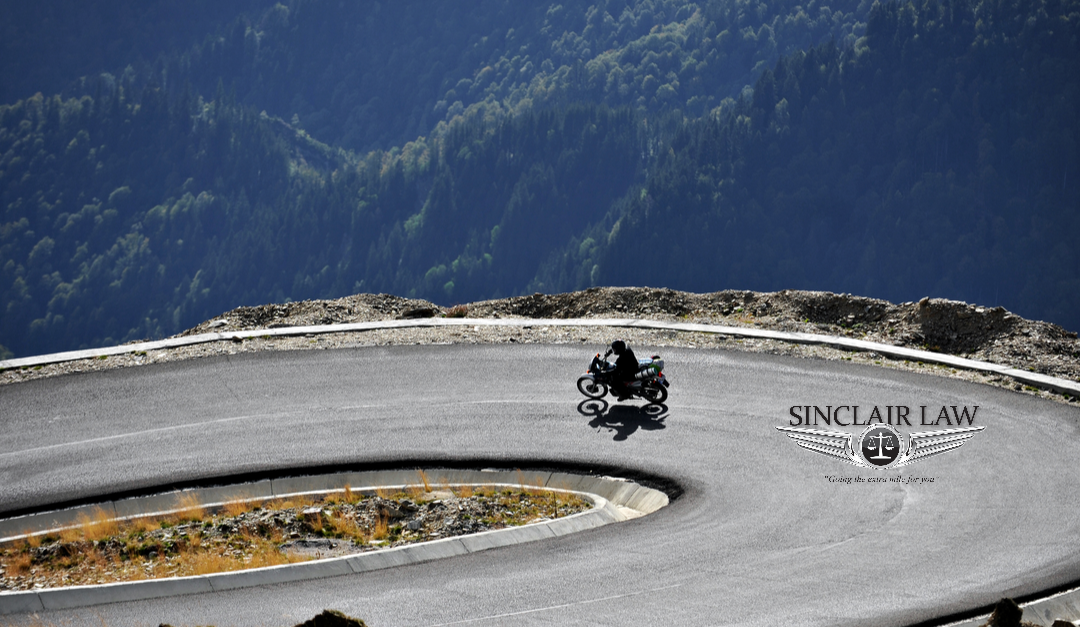One of the leading causes of motorcycle accidents is riders losing control at high speed in curves. Based on my experience as a personal injury attorney, I have found that most of these accidents are not caused by speed alone. The issue is generally riders who don’t know how to properly brake in emergency situations.
So, how do you make an emergency stop on a motorcycle in a curve? The easiest, most intelligent way is to avoid the situation in the first place. This means slowing your bike early by using properly balanced braking and downshifting (engine braking) before you go into your lean for the corner.
Things to Remember
Once you are in the corner, the process of slowing becomes more problematic. The geometry of your bike and the curve, your brake setup and the road’s surface itself can all be major factors in how you should handle braking once you have leaned into a curve. There are some things that you need to keep in mind, though.
- In an emergency situation where you need to stop in a very short distance, you must keep in mind that slowing your motorcycle in a curve requires a gentle touch. Feather in your brakes gently to maintain control of your ride.
- As a general rule when you begin braking, your angle of attack is going to change with your momentum, and you need to be ready to compensate.
- The more upright you are, the easier it is to maintain balance. When possible, pull out of or counter-steer to your lean to make stopping easier and safer.
- Most of your braking power is in your front brakes, but in an emergency, every inch counts. Using balanced braking can add up to 40 percent to your braking efficiency.
- If you can avoid it, never lay your bike down. Your tires have a lot more grip than the metal and plastic of your bike.
Take Time to Learn
As always when discussing riding skills, I would like to remind everyone that The Motorcycle Safety Foundation offers classes throughout the state for riders of all skill levels. I regularly attend these classes just to keep my skills sharp and strongly encourage you to also.
Practice, Practice, Practice
When I say practice, I mean more than just going to an empty parking lot to work on your maneuverability. That is a good idea, though.
To help you be better prepared to handle your bike in an emergency braking situation, make full use of all your stopping tools each time you reduce speed. Yes, many riders never touch their back brakes, but that is a dangerous way to ride. When things get tight, you are going to do what your habits dictate. If all you normally only use your front brakes, you will very likely end up airborne.
At every stop, you should be working on the coordination between both of your hands and both of your feet. That means when your bike stops moving you should be in first gear, with the clutch engaged, and drop both feet simultaneously.
I know parts of this article may sound a little preachy, but if you spent your time viewing the result of motorcycle accidents as much as I do, you would want to preach a little too. As I have often said, I love my brothers and sisters in the biking community and would rather have them as riding partners than clients.
That is why I post articles like this. My hope is that people will take it to heart and never find themselves in need of my services as a personal injury attorney.

